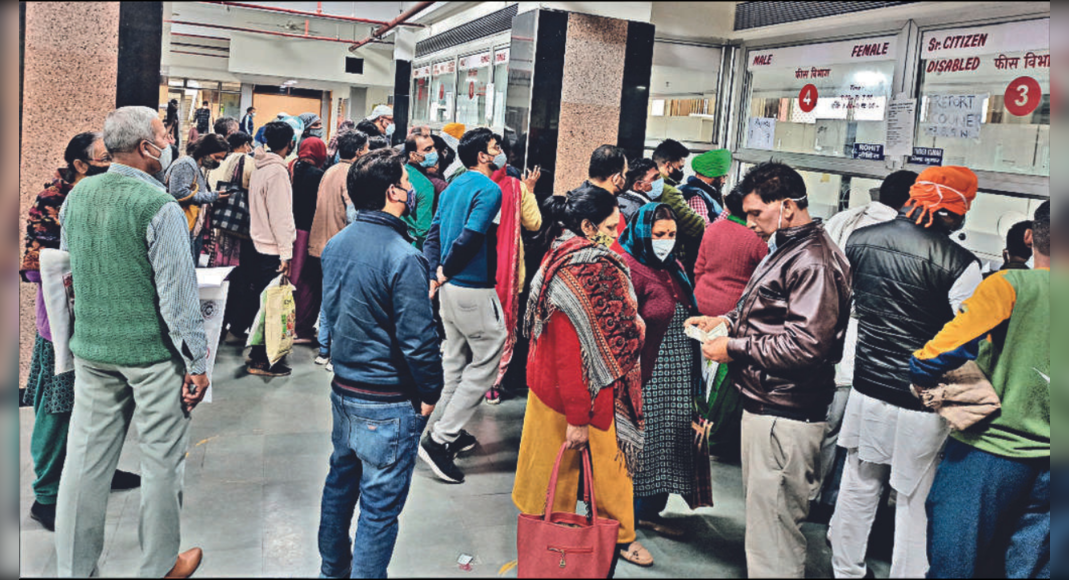Bathinda: Farmer protests in India have registered an almost five-fold increase since 2017.
Just a year before the target of doubling farmers’ income, India recorded 165 major protests across 22 states/UTs in 2020, up from only 34 major protests witnessed in 15 states in 2017.
In 2020, 96 protests were related to economic/farm policies (including against three contentious farm laws), 38 related to procurement, fair price of crops, four to farm infrastructure, 17 against land acquisition, seven related to insurance and loan waivers, three for other reasons, says the statistical data analysed by Centre for Science and Environment (CSE).
CSE has also analysed that as per National Crime Record Bureau(NCRB) every day 28 cultivators and farm labourers committed suicide in the country in 2019 as 5,957 farmers and 4324 labourers committed suicides.
Now situation has come to such a pass that in 52 per cent of the country’s districts, the population of farm labourers has outstripped that of farmers and cultivators.
Bihar, Kerala and Puducherry have more farm labourers than farmers in all their districts.
While studying the statistics, CSE points that the country is sitting atop a massive time-bomb of agrarian crisis and disquiet.
CSE director general Sunita Narain said: “The numbers point towards a trend.
The trend points towards impending crisis, and the challenge ahead.
In the case of agriculture and land, things seem to be certainly on the downslide”.
“This is evident all the more when you see the condition of land records and their maintenance in the country,” says Richard Mahapatra, managing editor of Down To Earth.
“Our analysis shows that 14 states in India have witnessed a deterioration in the quality of their land records.” Narain said, “At a time when the quality of data available is usually poor — it is either missing, unavailable publicly or of questionable quality but the correct data like this can be immensely helpful.
Improving the quality of data can only happen when we use it for policy.
Just consider how we have suffered in this past year due to Covid pandemic because we do not have sufficient or accurate data on tests, or the number of deaths, or serological surveys, or genomic sequencing of the variants.”






